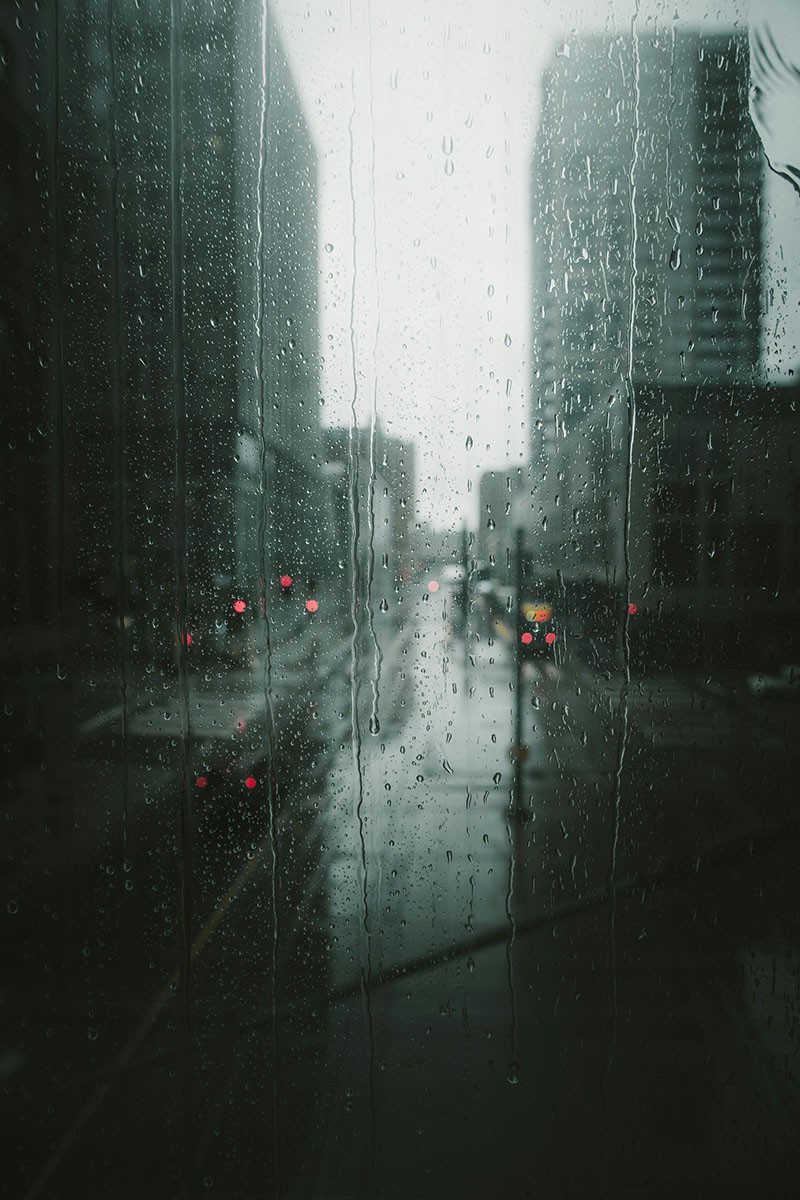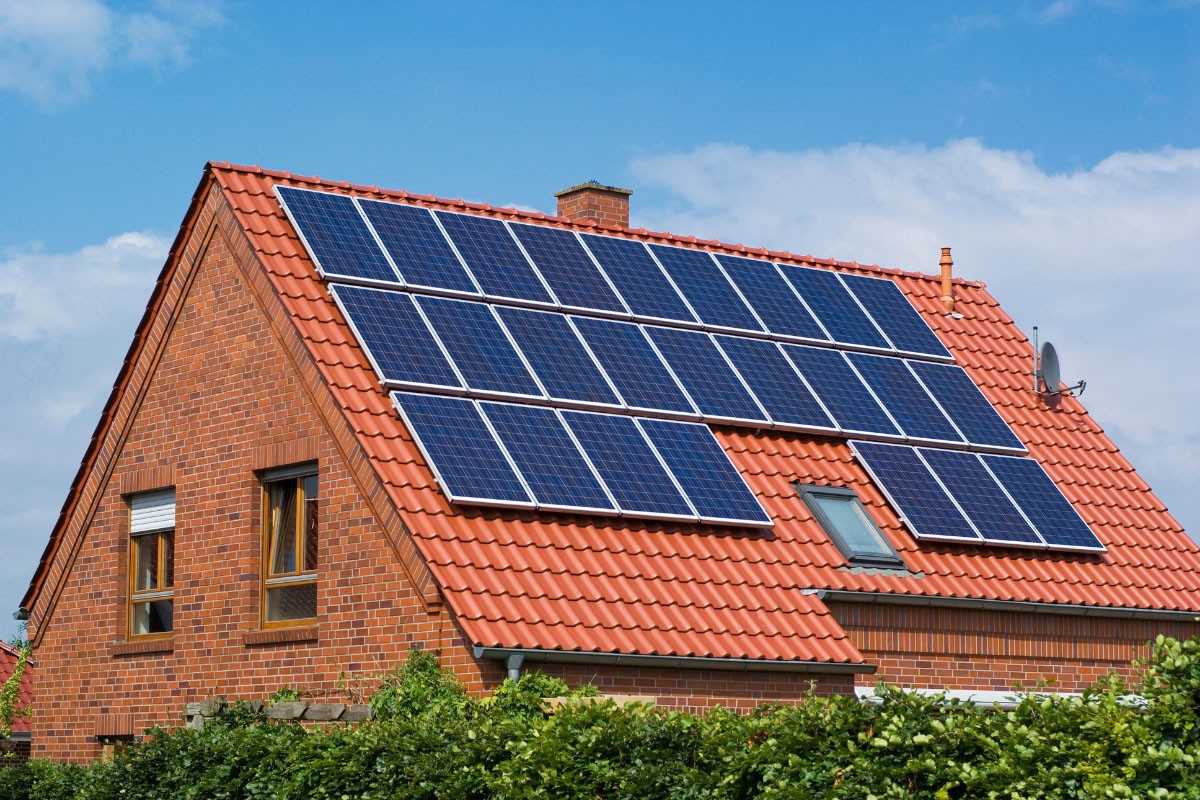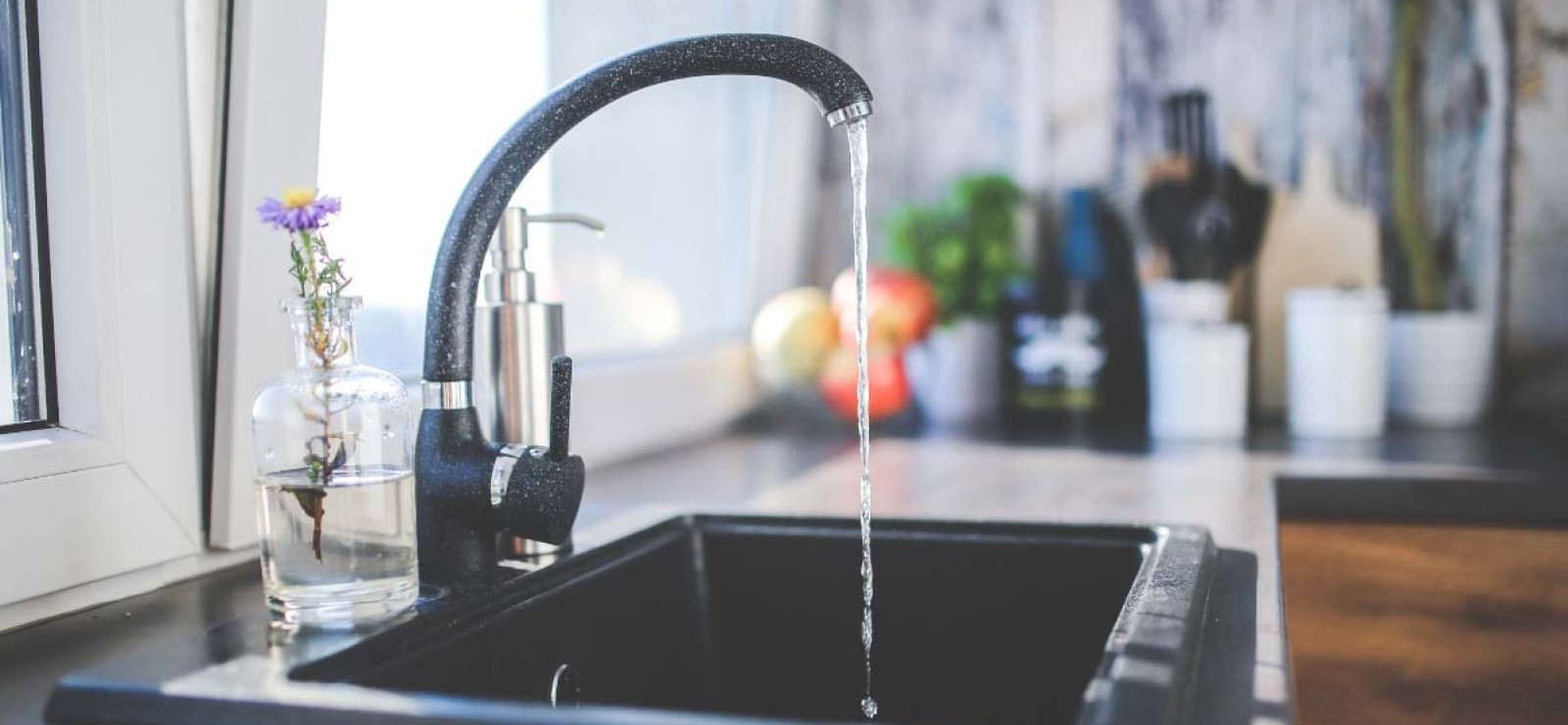Our tap water travels hundreds of kilometers each day, even though we get more than enough water falling on the roof. According to bioengineer Korneel Rabaey, switching to a local or even circular water supply is quite feasible.
Have you ever asked yourself where your tap water comes from? Or where it goes once it disappears down the drain? In Belgium, it is quite likely that all your water comes from the Ardennes, and once it has been through your sink, and then through a water-treatment plant, it probably ends up in the sea. Like this, our water travels hundreds of kilometres just so you can brush your teeth or flush the toilet. And yet every year, 840 litres of rainwater per square metre falls on your roof. And most of this just flows straight out to sea. Crazy, right?
Bioengineer Korneel Rabaey (Faculty of Bio-engineering and CAPTURE) certainly thinks so. Together with his fellow scientists, Rabeay is imagining how water distribution will look in the future. “Our system today revolves around centralised water treatment, meaning our tap water is collected in a specific place, then transported from there to our homes, and after we use it, the water goes into the sewerage system, a water treatment plant and canals, eventually draining out to sea.”
Rabaey is calling for a shift to develop more local systems for processing drinking water and wastewater. “Every region has to work to become independent, so that water does not need to be supplied from elsewhere. In other words, water should be collected locally, purified, and then put back into the soil. In this way, you can make the local supply of water more secure and at the same time save money by avoiding a complex and expensive system for drinking water and sewerage that transports water long distances.”
A circular water system at home
In the long term, we can take things a step further and move towards a fully local and circular water supply. “This means that a neighbourhood, business or household can recycle the water they consume entirely independently. The technology for this kind of closed cycle already exists and can work perfectly on the building or neighbourhood level.”
“Pretty much every home has access to a wonderful water source: rainwater. Rainwater is of excellent quality. It doesn’t need softening, it's not polluted, and you can easily turn it into drinking water. And the great thing is that most buildings collect more water on their roofs than the residents even need.”

A lot of households already use rainwater for flushing toilets or doing the laundry. “That's good, because it means we don’t need to supply as much tap water. On the other hand, after we use it, this rainwater still disappears into the sewer. If you reuse the rainwater, you can have a much smaller storage tank and still get enough water. Although it would be possible in terms of technology, in fact it is not necessary for this recycled ‘grey’ water (meaning domestic wastewater, excepting water from the toilet) to be of drinking water standard. It can also be processed using a separate circuit and thus purified just enough to flush the toilet, for example.”
Rethinking the system
Shifting to a circular water supply will also require a new approach from companies that sell drinking water. “At present, the money a drinking water company makes depends on how much water they sell. This is a problematic business model, because it goes against the sustainability objectives that water companies are aiming for. Moreover, water consumption has fallen over the last twenty years because we are becoming more efficient, yet at the same time more infrastructure is being built to deliver water everywhere. As a result, drinking water is only going to become more expensive in the future.”
Rabaey and his fellow water experts are therefore working together with drinking water companies (including De Watergroep, the largest in Flanders) to consider what role these companies can play in future. “In a system where households provide their own water, water companies can help ensure that this happens safely. We already have pipes carrying explosive gas and electricity into our homes. This happens safely because the pipes are installed and checked by experts. A closed water cycle will also have to be managed. And the idea is not that you as the homeowner should start playing around with it.”
How much will it cost?
By the way, there’s no need to worry that a system for providing drinking water at home will cost a lot of money, or be so big it fills your entire basement. “It's a question of small (bio)reactors which purify rainwater either electrically or with the help of bacteria. In India, many people already have systems like this under their sinks because they do not trust the local tap water (probably with good reason, by the way). These devices cost about 300 euros. Prices have already come down a lot since millions of these units have been sold.”

In recent decades, we have also seen the price of solar and wind energy fall, partly due to the growth in interest from private individuals who install solar panels on their roof. Rabaey argues that we also can use this cheaper, renewable source of energy to purify water. “A local water cycle may consume more energy, but in the end it is still more efficient. After all, this water processing can be linked with sustainable energy. Renewable energy is a fluctuating system. When the sun shines, your solar panels produce much more energy than you can use immediately. You can use that temporary surplus to purify rainwater and store it in a tank. It’s actually a way of storing energy. A household only needs four square metres of solar panels to make its entire water management circular.”
Solar panels can also be an inspiration for how to successfully roll out circular water systems. “The government can stimulate growth, just like they did for solar panels. In 1983, the Fraunhofer Institute in Germany installed Europe’s first solar panels on their roof. At that time, the German government gradually encouraged the market to expand step by step: first a thousand roofs, then a hundred thousand, and so on. Since then, the price has come down so much that solar panels are now affordable for many households.”
The government can also make savings by encouraging circular water processing, especially in new-builds or in new neighbourhoods. “At present it costs our society sixteen thousand euros per house to connect a house to the sewerage system. Right now, the people building don’t have anything to do with this. You should therefore make it a choice for each builder: either you pay the costs, or you invest in your own water purification system. In a neighbourhood of new-build, you can also install a system which, for example, serves fifty houses all at once.”
Rethinking our future relationship with water
At first glance, it may just seem to be a matter of new technology, but the issue actually requires a lot of consideration and action from politicians, architects, project developers, economists and ecologists, among others.
To encourage this kind of interdisciplinary approach, Korneel Rabaey developed with colleagues from The University of Queensland and UC Berkeley a series of webinars about our future relationship with water. The series explore various ideas and insights from top international scientists, alongside different thinkers, writers, sociologists, historians and artists. Did you know, for example, that water is the key to improving the situation of women in developing countries? Or that we can look far back into history to find inspiration for how to make our relationship with water more sustainable in the future?

This series of webinars consists of eight sessions. Each session lasts around an hour and includes two lectures by experts, followed by a discussion between the speakers and young researchers. The recorded sessions are available to everyone via this Youtube channel.
The webinars are organised as part of the Strategic Institutional partnership (SIP) between Ghent University and UC Berkeley and The University of Queensland. Watch the teaser video below.
Read also
Understanding the impact of climate change? Measure, measure and measure again!
“Climate change is a global problem. But if you really want to know its impact, you have to have local data.” So say meteorologist Steven Caluwaerts and bioengineer Pieter De Frenne. They both do research on microclimates, albeit with a different starting point. “Actually, we are very complementary. We should meet more often!”
Towards more sustainable agriculture, thanks to... robots
A new development in agricultural robotics has the potential to make the sector more sustainable and profitable. Researchers at Ghent University have developed technology that enables agricultural robots to make site specific adjustments in real time, from soil analysis to soil cultivation, sowing, fertilising and the spraying of pesticides.
Safe and healthy food for all: Ghent research becomes European policy
Remarkably, work that started as an occasional side project has resulted this year in a change to European law. Thanks to Liesbeth Jacxsens and Mieke Uyttendaele, more food can now be donated to those in need.
"The road to climate-friendly industry starts with research"
How to use waste water, CO2 and plastics as a source of energy or a raw material? This is one of the key questions that keeps professor Korneel Rabaey occupied on a daily basis. A question to which he is now seeing an answer emerge, thanks to the new research platform CAPTURE, which he helped to conceive. The opening of a physical research centre will accelerate progress in this area considerably, which has been his goal for years.




